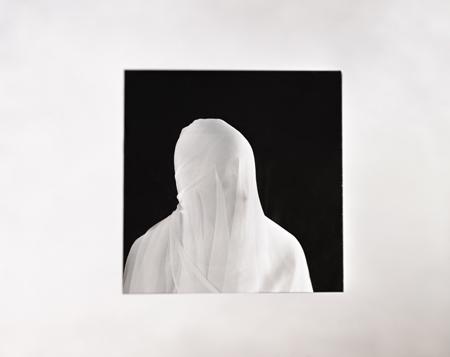This exhibition is in conjunction with the Photolucida conference.
While researching the content of my most recent body of work, I found that the dismantling of the photograph’s stratified relationship to contingent readings of contemporary art shares a compelling commonality with concepts relating to the dispossession and colonization of native communities in the Levant. Specifically, the harsh realities of appropriation, displacement and spatial elasticity, have all come to define the political, geographical, and psychological impermanence of occupied Palestine. My current body of work, Bethlehem in Wax, is an ongoing extrapolation of these relationships, the byproduct of which are constructed images informed by historic and cultural depictions of the Middle East. Although the content of the images is bound to an inherently non-Western topography, the work itself is made from photographic materials typically associated with Western progress (Western landscapes, the settlement of Native American territories, etc.).
The subject matter chosen for the images originates from the catalogue of material objects and associations found within the library of modern symbolism located in the Middle East. Flowers and produce, threatened by a looming void; stacked stones defined by the limits and ambiguity of visible space. Often, sheets of glass and mirrors are used to disassemble spatial relationships normally held sacred in the photograph’s empirical lexicon. In composing this work, I have chosen to forgo the kind of visceral imagery so often paired with violent conflicts in favor of a meditative synthesis of minimalism and classical ornament. This formal quality is intended to help speak about the collective loss of these occupied populations with the same austerity afforded to traditional monuments commemorating politically uncontested arenas of recognition and remembrance.










